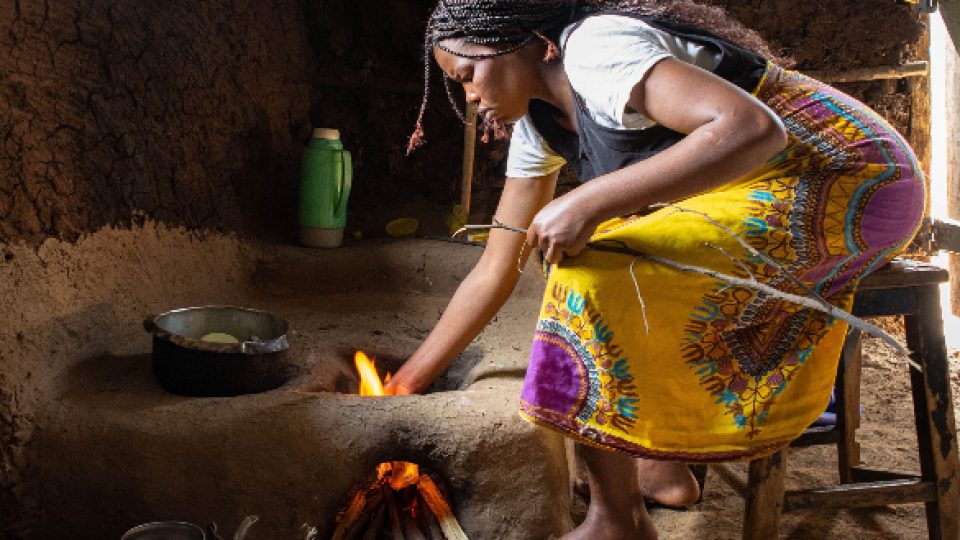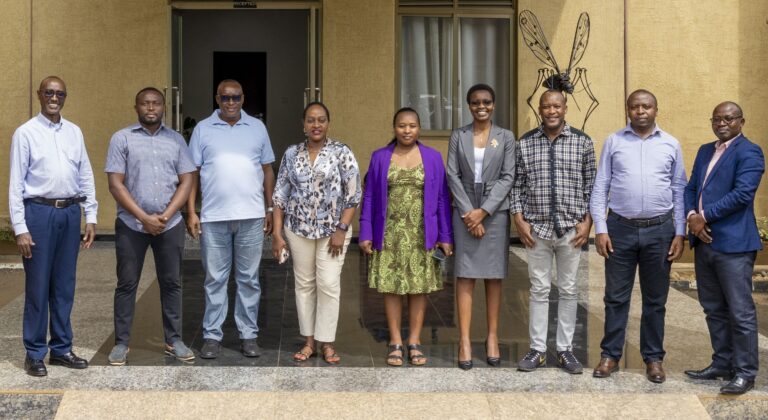Researchers from the University of Liverpool, dedicated to addressing the issue of household air pollution (HAP) in sub-Saharan Africa, have released new data to better understand the problem.
A new paper, led by the University’s NIHR Global Health Research Group, CLEAN-Air(Africa), evaluated the impact of cooking with polluting fuels (e.g. wood, charcoal) on exposure to fine particulate matter (PM2.5) and carbon monoxide (CO) – both of which can have a major impact on health. In sub-Saharan Africa, where a substantial proportion (approximately 85%) of people rely on polluting fuels for cooking and heating their homes, the fumes from cooking are responsible for more than 680,000 premature deaths each year.
This multi-site, measurement study, conducted across urbanising communities in Central Cameroon, Ghana (Ashanti region), and Western Kenya, is one of the largest in the region and illustrates the complexity of air pollution in this area. It details geographic variations of HAP exposure, offering analysis on the range of sources of harmful pollution. Findings reveal that, while switching to clean cooking with LPG has potential benefits to health by lowering HAP exposure, there are other contributing factors that may limit the effectiveness of clean cooking fuels at reducing exposure to PM2.5 and CO. Dependent on area, residents could be exposed to localised levels of ambient air pollution from traffic or other outdoor sources, that may constitute a larger source of their overall daily PM2.5 exposure.
It’s hoped this level of detail will inform policymakers seeking to efficiently allocate limited resources to have the greatest global health benefit. Dr Matthew Shupler, a Research Fellow from the University of Liverpool’s Institute of Population Health said: “The public health benefits of a transition from polluting cooking fuels to LPG for cooking in sub-Saharan Africa are evident from numerous measurement studies. But our study shows the benefits in terms of PM2.5 exposure reductions from switching to clean cooking fuels vary substantially across communities due to differences in localised levels of ambient air pollution. Thus, interventions are needed to mitigate both indoor and outdoor air pollution sources in areas adjacent to cities to achieve meaningful declines in PM2.5 exposure, particularly as sub-Saharan Africa continues to urbanise.”
Dr Bertrand Hugo Mbatchou Ngahane, a Professor of Medicine at University of Douala in Cameroon and local Cameroon principal investigator of CLEAN-Air(Africa), said: “The levels of outdoor air pollution in sub-Saharan African countries, and particularly in cities, are increasing as our economies continue to develop. A result of this development is likely an increase of exposure to air pollution by the urban population. We therefore need to collect more indoor and outdoor air pollution measurements in urban sub-Saharan Africa to better understand the sources that contribute the most to exposure in our rapidly changing communities. We are grateful to our collaboration with Professor Dan Pope and Dr Elisa Puzzolo and will continue to expand our air pollution measurements in the coming years as part of the NIHR Global Health Research Unit on CLEAN-Air(Africa).”
This paper is the latest piece of research completed by NIHR Global Health Research Group, CLEAN-Air(Africa), a collaboration funded by the UK government to address the major global health challenge from household air pollution. CLEAN-Air(Africa) is a partnership of public health experts from academic, research, and clinical institutions from the UK, Cameroon, Kenya, Tanzania, Rwanda, and Uganda. Working with governments from each country, the collaboration provides evidence to help inform policies to scale clean cooking for households and schools.
The paper, ‘Household concentrations and female and child exposures to air pollution in peri-urban sub-Saharan Africa: Measurements from the CLEAN-Air(Africa) study’ was published in The Lancet Planetary Health (DOI:10.1016/S2542-5196(23)00272-3)





